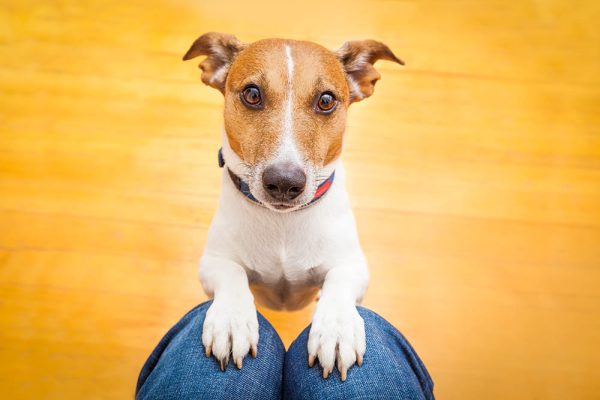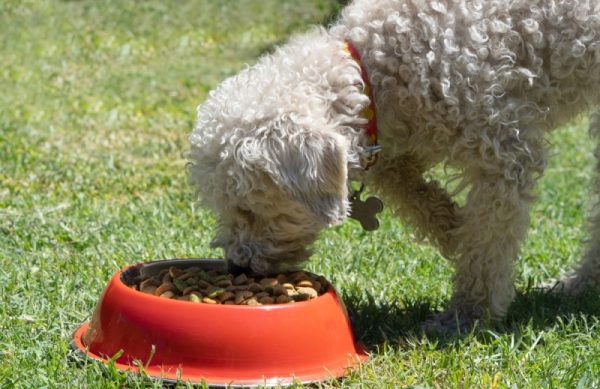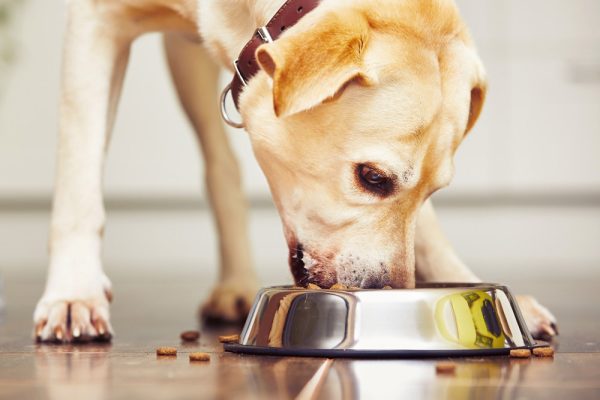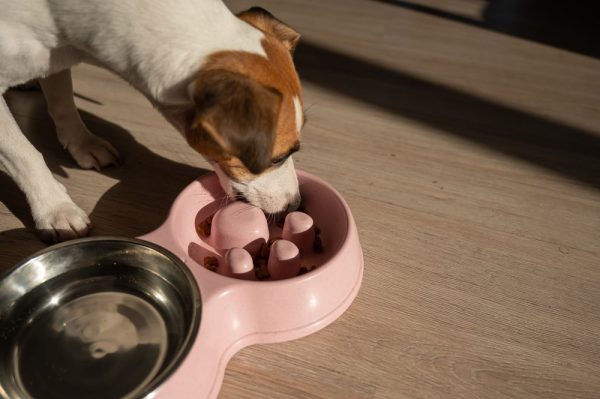In this article
We’ve all seen it in movies: a dog’s head poking out of a window of a car rolling down sunny boulevards, their tongue out, catching a breeze, simply loving life. But do dogs love riding in cars so much in real life? It depends on the dog.
Some dogs love going on car rides or at least don’t mind them, whereas others feel anxious about the prospect, and we’re here to explain each case.

Why Does My Dog Love Car Rides?
If your pooch belongs to the first contingent—the one that can’t get enough of hopping in the car—there are plenty of reasons that this may be the case. For one thing, car rides appeal to a dog’s natural sense of adventure because it means heading somewhere new, and their senses will be tantalized by all the brand-new scents, sights, and sounds.
Dog noses are incredibly powerful, containing up to 300 million scent receptors (by contrast, we only have around 50 million), so whenever they’re traveling in a car, these receptors are receiving a lot of new and interesting sensory information.
On the flip side, if you regularly drive your dog to somewhere they like to go, like the park or doggy daycare, they’ll build up positive associations around getting in the car because they know it takes them to their favorite places.
In addition, when you’re taking a car ride with your dog, you’re all moving together at the same pace and are all going to the same location, and this may appeal to your dog’s pack mentality—a trait they’ve inherited from their wolf ancestors. It also allows your dog to spend time with you and feel truly a part of the family.
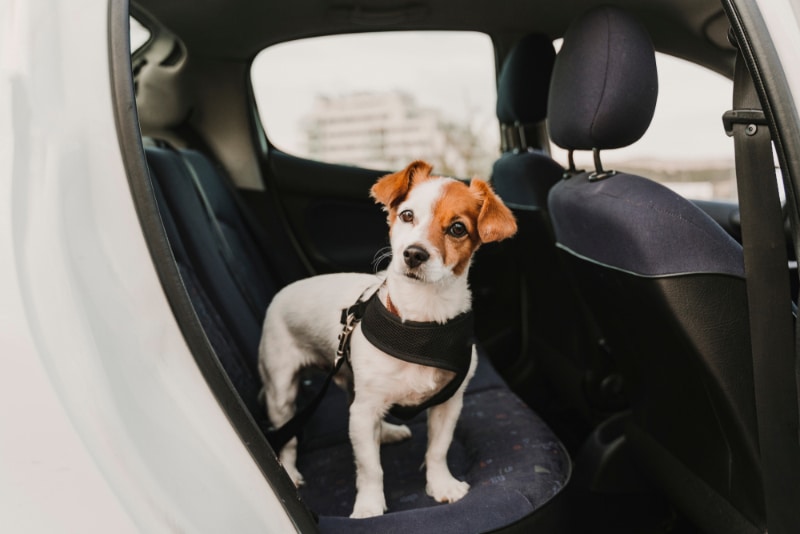
Why Do Some Dogs Hate Car Rides?
Despite dogs’ reputation for loving car rides, not every dog is so enthusiastic. Some get motion sickness just like some humans do. Some are anxious about cars because they haven’t had much experience being in them, so they perceive them as something big, strange, and scary. Dogs that haven’t been desensitized to car rides from a young age may fall into this category.
Past trauma is another possible reason that some dogs are iffy about getting into a vehicle. For example, if your dog is a rescue that was previously taken in a car to be abandoned, they could have formed negative associations with cars. Another example is if a dog was in a car accident or has only ever been taken in the car to somewhere they dislike, like the veterinary clinic.
If your dog has a fear of car rides, there are some counter-conditioning techniques you can try, such as gradually moving toward the car and introducing the dog to different areas of the car, like letting them sniff the doors before progressing to them actually sitting inside the car.
Reward your dog at each step, and only start moving the car when they’re comfortable inside it. At first, you can try moving very short distances. It may take several weeks or even months for your dog to shake their fear, so be patient.
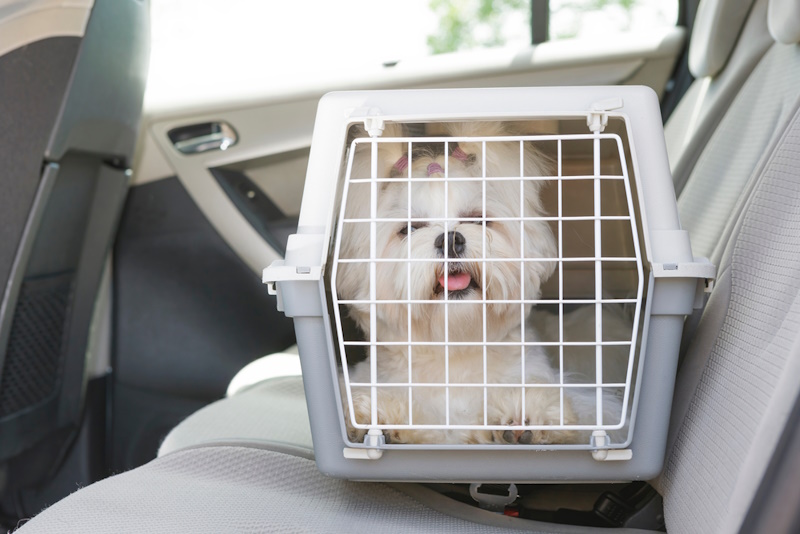
Do Dogs Know Where They’re Going in the Car?
If your dog has been to a specific place before, they may get an idea of where they’re going by recognizing familiar sights (if they’re on the seat and can see out of the window) and picking up on scent cues as they get closer to the location.
This is probably why many dogs get excited when you get close to home on a car ride or are heading to one of their other favorite places. They recognize those familiar scents—even with the windows rolled up or if they’re in the footwell rather than on the seat—because of their incredible sense of smell.
Dogs on Car Rides: Safety Tips
Paying attention to potential dangers when taking your dog on a car journey is essential for keeping them and everyone else safe. Here are some tips to bear in mind:
- Have the dog travel in the back of the car rather than in the passenger seat.
- Install a dog safety belt or harness.
- As an alternative to doggy seat belts, put your dog in a crate or carrier to prevent them from distracting you, especially if they tend to move around the car.
- Don’t let your dog stick their head or paws fully out of the windows to prevent them from smashing into outside objects or getting debris in their eyes.
- Never leave your dog in a hot car even with the window cracked open—this isn’t enough to stop a dog from going into heatstroke.
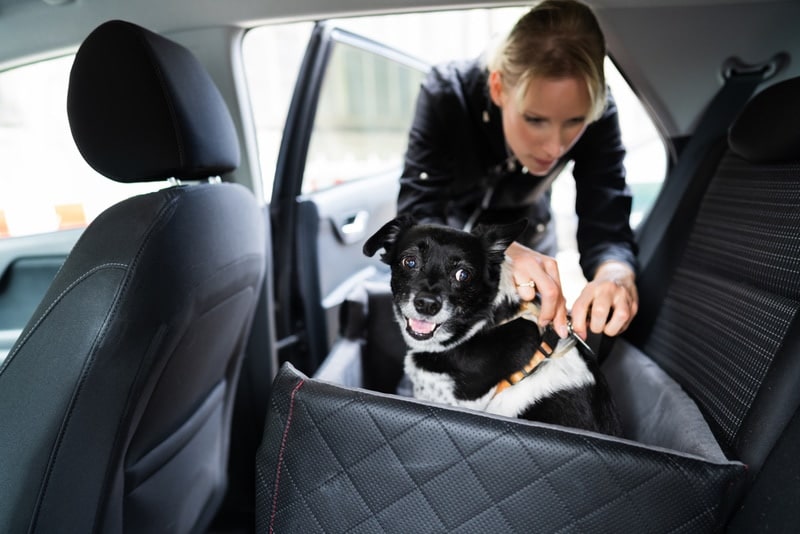

In Conclusion
Dogs are often thought to enjoy certain activities like car rides, but it’s important to remember that every dog is an individual, so don’t be surprised if some don’t enjoy them. If your dog is a frequent rider, be sure to kit out your car with some safety essentials like a canine seat belt or crate, and avoid letting them hang out of the window, no matter how cute it looks—this can be lethal.
See Also:
- Mucus in Dog Poop: Signs, Causes & Treatment (Vet Answer)
- Why Does My Dog Poop in Their Sleep? Our Vet Explains
Featured Image Credit: Christine Bird, Shutterstock



